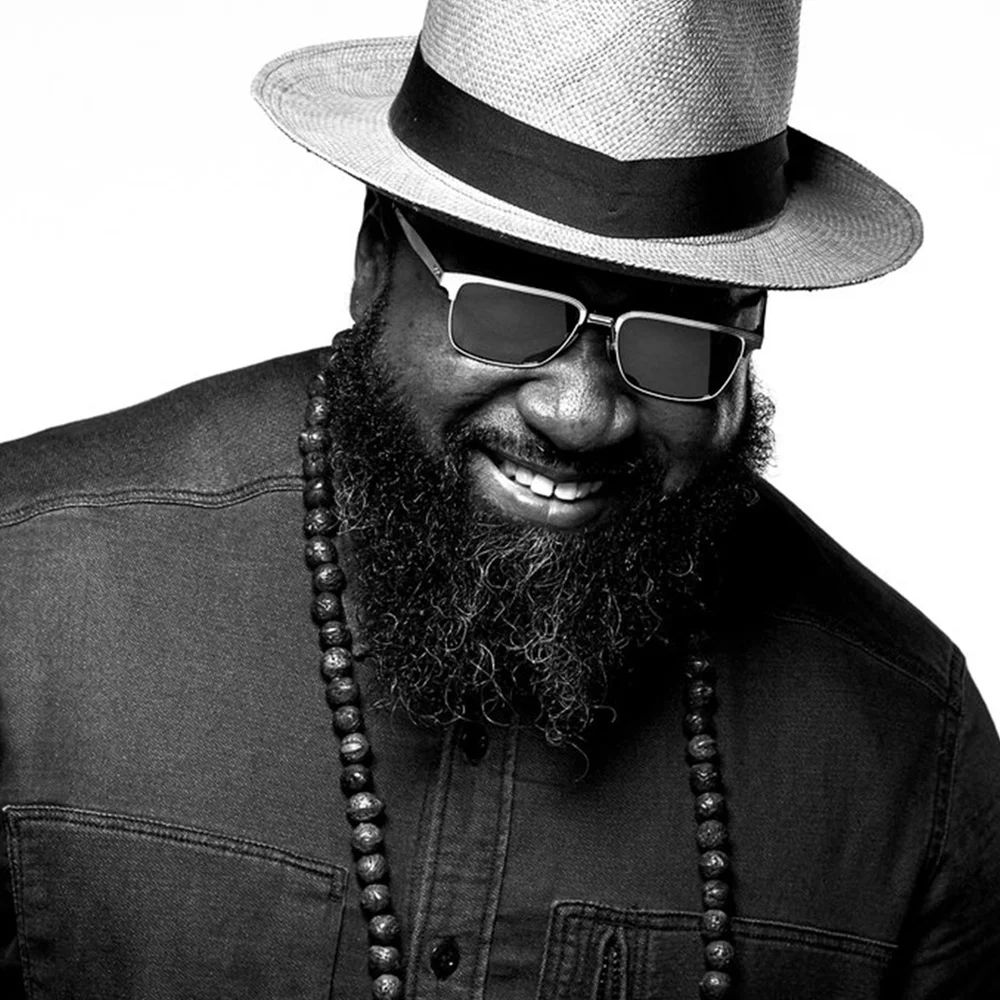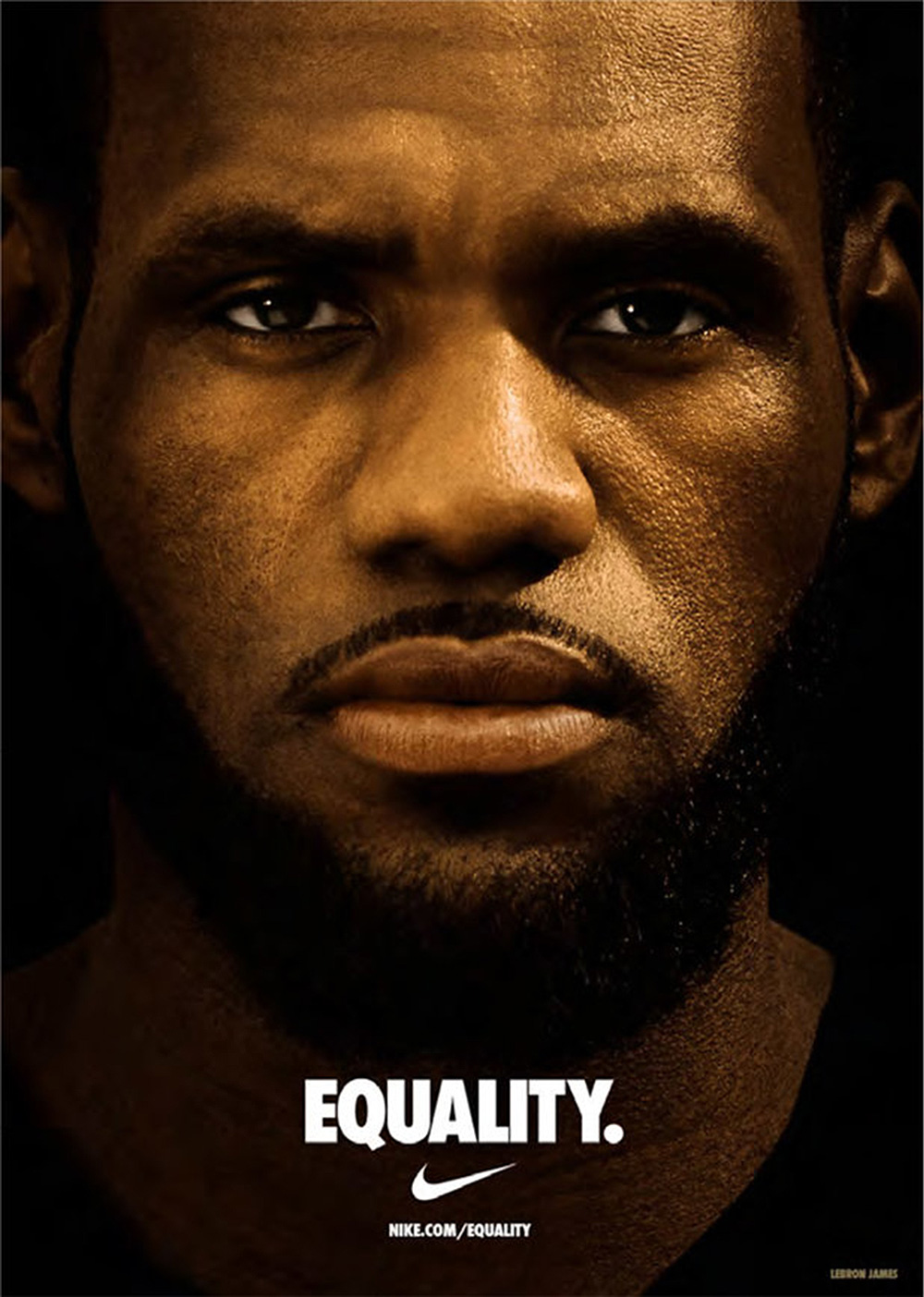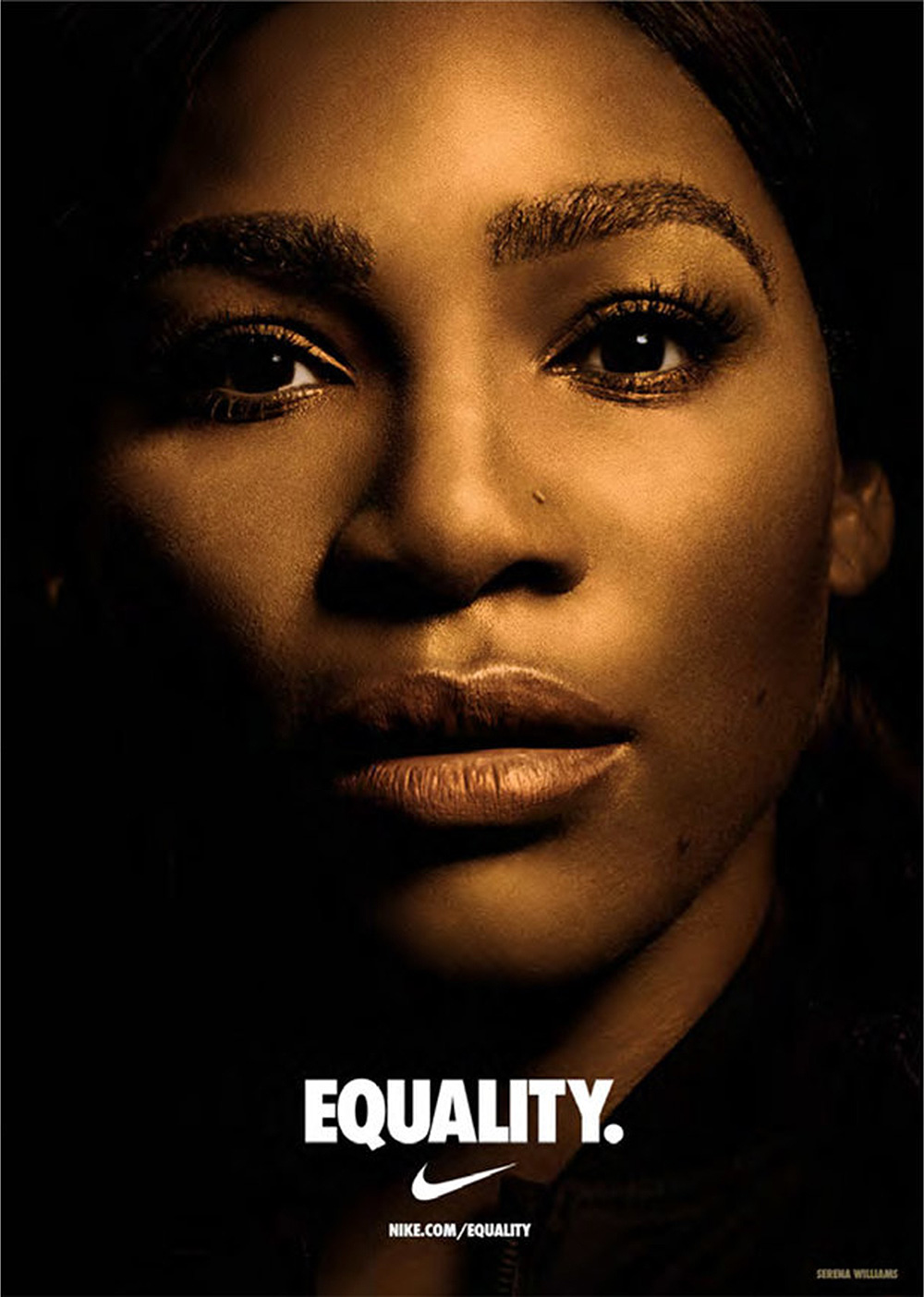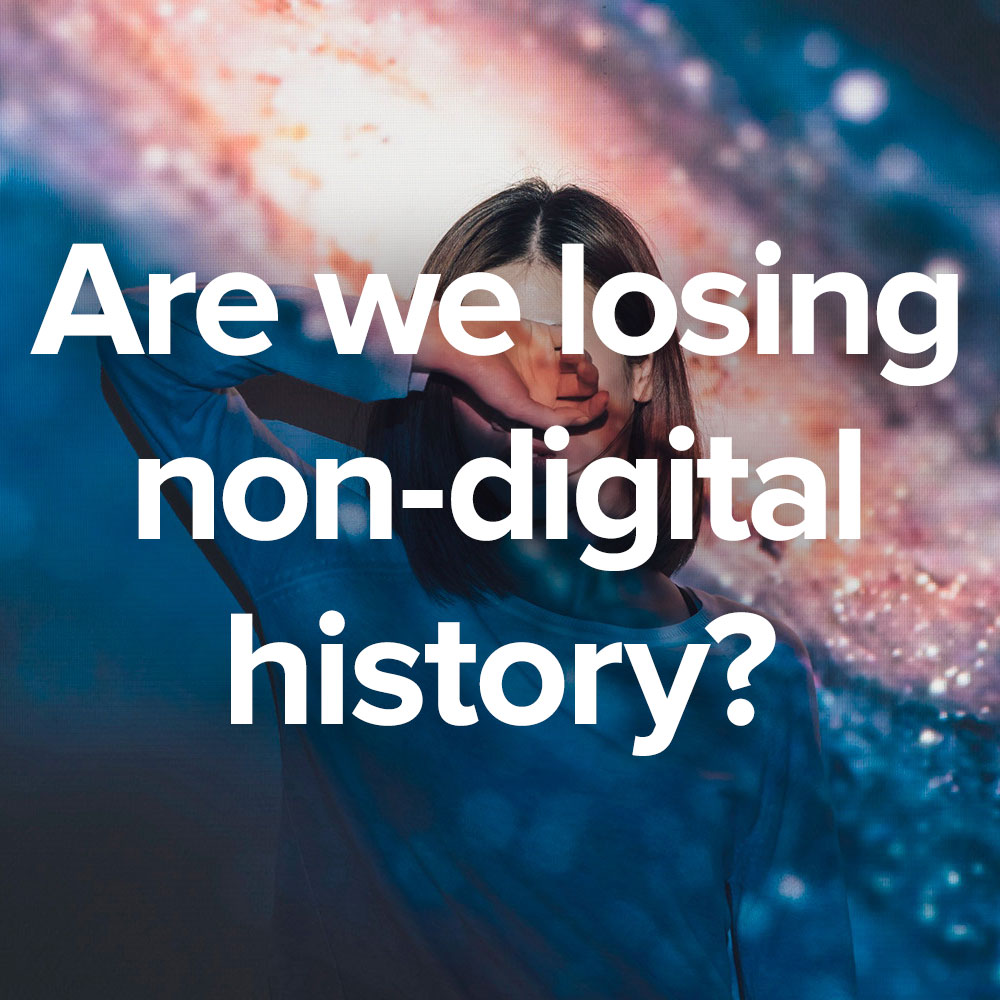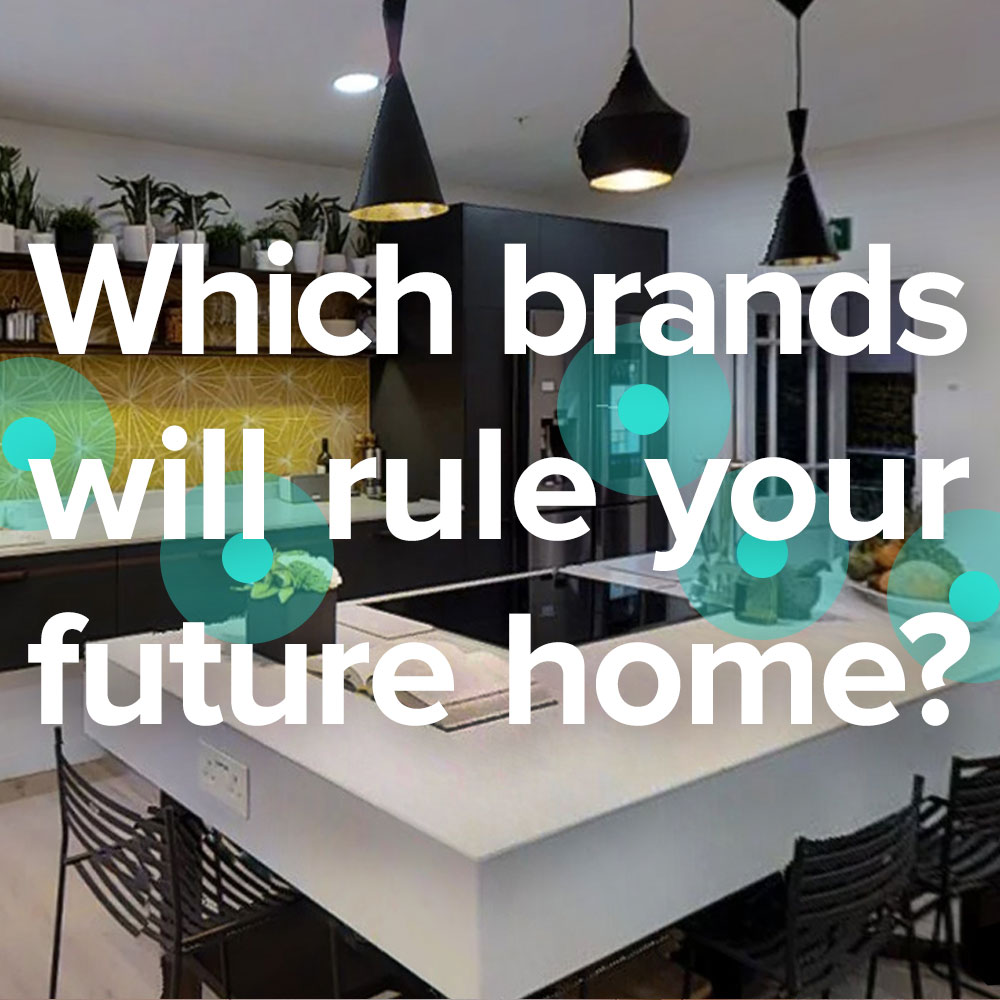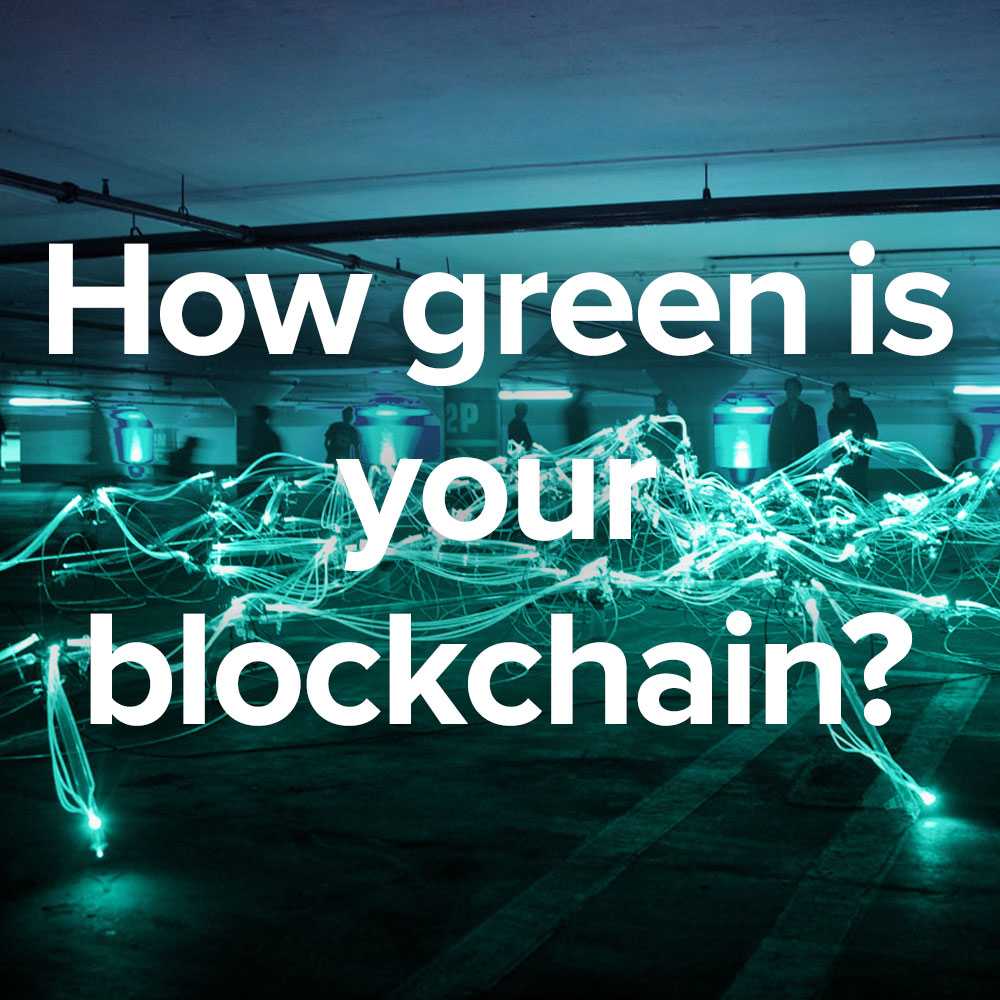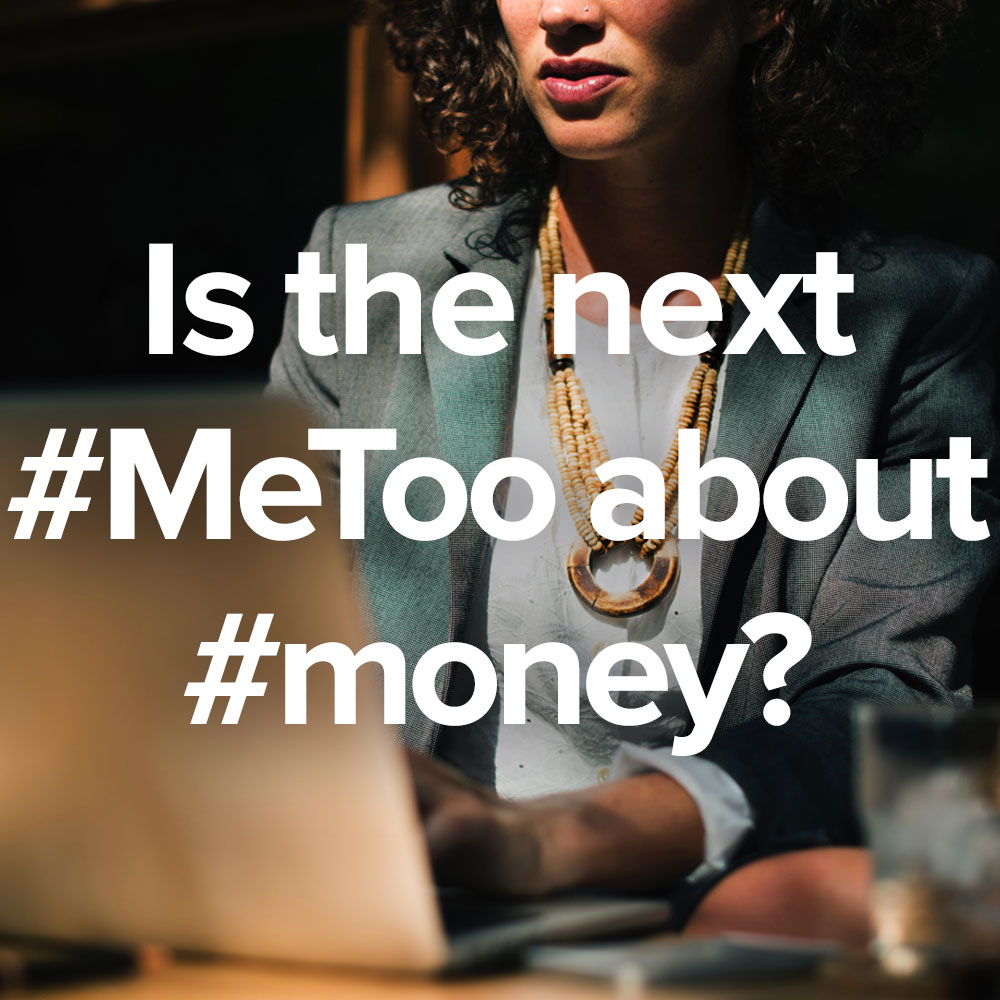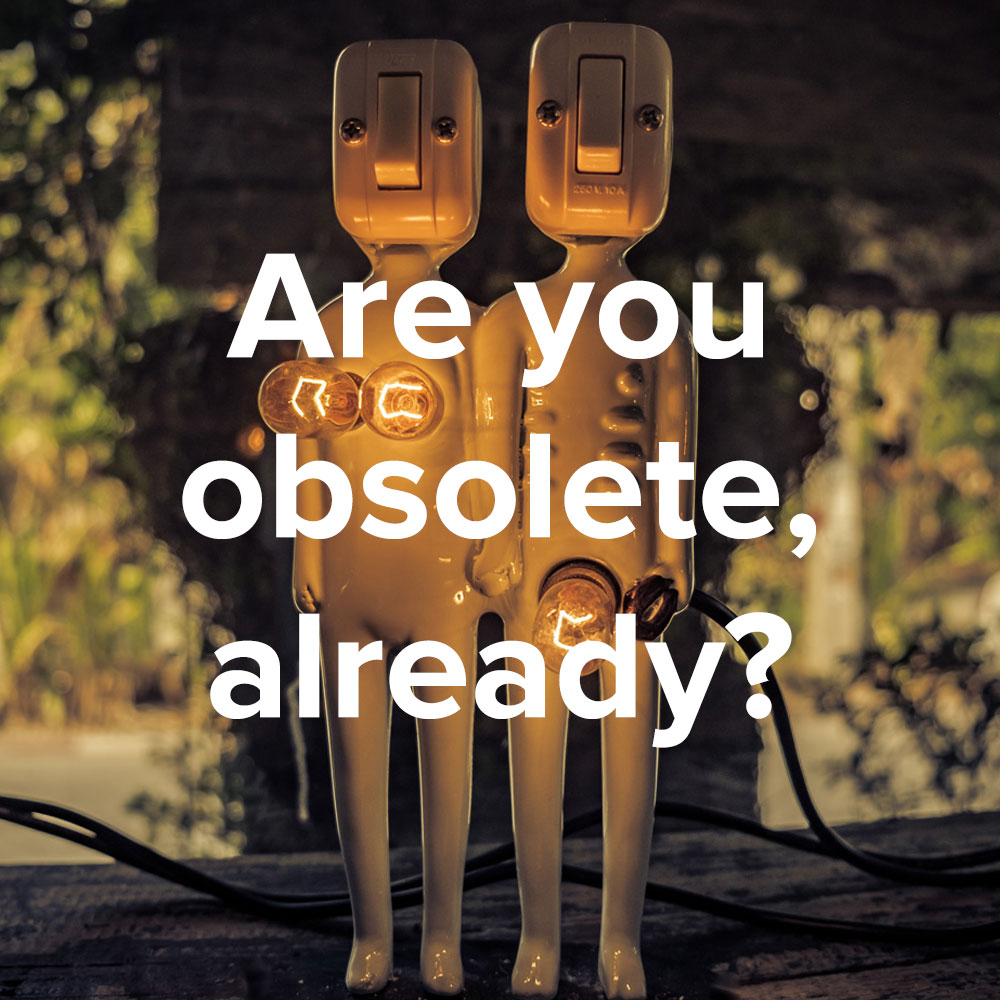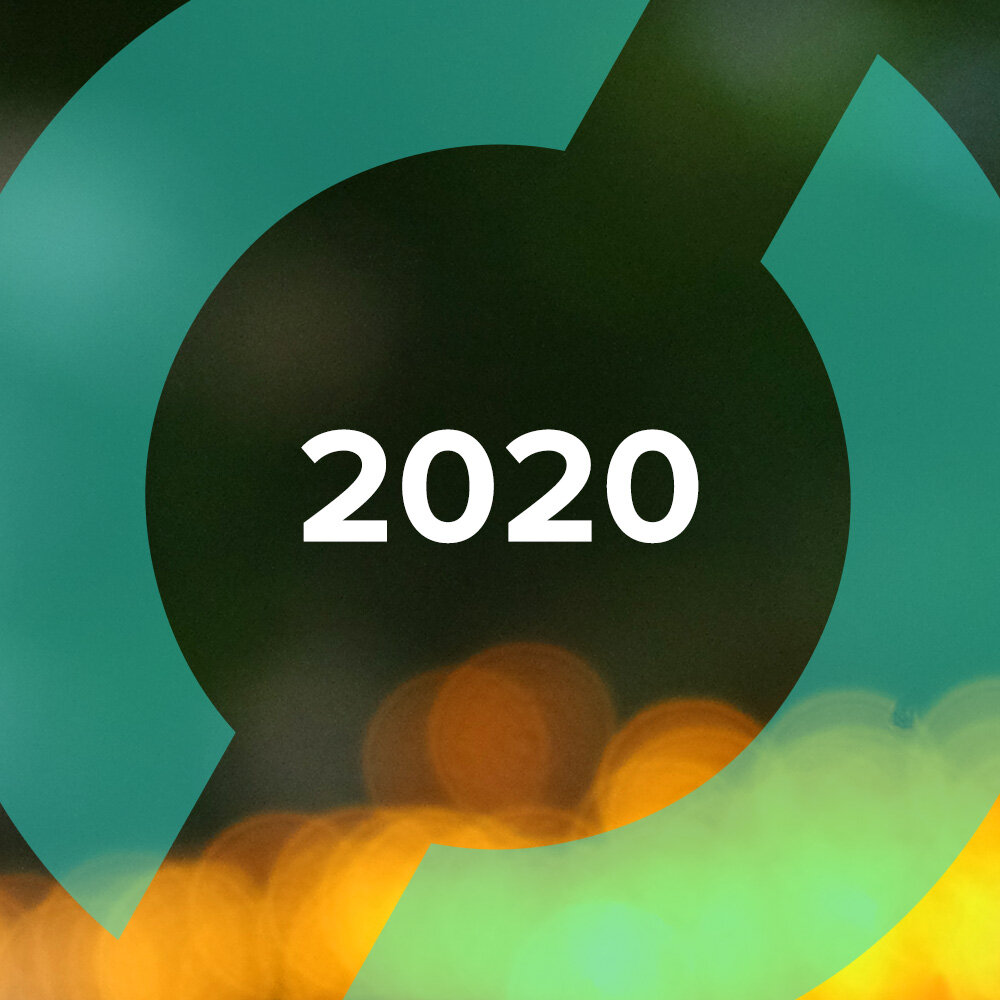“_________”
Jason on Social Activism.
With Nike’s Equality campaign, it was ‘let’s play nice’ and ‘all lives matter,’ let’s have equality for all. To me, that was the biggest slap in the face because African-Americans have never had equality in this country.
— Jason Murphy
Speaker, Lecturer, Entrepreneur and Brand Design Director, formerly at Nike
— On his former late-night Comedy Central TV show, the Colbert Report, the eponymous host, in send-up character as a conservative, famously insisted he didn’t “see color.” It was his way of mocking those who pretend there is no racial discrimination, therefore nothing needs to be done about it. Jason Murphy is having none of that. Murphy, out on his own now, spent well over a decade as a top brand design director at Nike, playing a prominent role in the apparel company’s famous Equality campaign a couple of years ago. (He has had no role, however, in Nike’s recent campaign around the American football hero/pariah Colin Kaepernick—and he has a thing or two to say about that.) Murphy is familiar with inequality. The Bronx, New York native feels it when the police stop him four times in one week as he drives his vintage two-tone 1968 Buick Skylark around Portland, Oregon. He feels it in the gym if he takes a bit too much personal space. And he feels it as he takes the long way around to avoid police waiting for unsuspecting motorists. This is his lived experience. But Murphy wants change, in the working world and in the wider world, and he has a plan to go about it.
Jason, the corporate world has been talking about diversity and inclusion for a few decades now. You went to a historically black university, and you’ve worked at various entertainment-industry jobs, and then at Nike; you’ve been on the front lines. What’s the state of play?
Jason — Diversity seems to be open to interpretation; it looks different for everyone now. A top diversity official at Apple can say 12 white guys in a room constitutes diversity. You might have a Hungarian, you might have a Brit. That’s where the term “diversity” is starting to get diluted, or, I’ll just be frank, bastardized.
As for inclusion, companies, right now, do not realize how much more important the inclusion part is. It’s being treated with less urgency and importance. Listen, you spend about 70% of your life at your career. For someone to be dedicated to taking themselves to work every day, they have to go to an environment where they actually feel wanted, heard, understood, accepted, and valued. I think that there are a lot of places right now, at least for African Americans, where it’s becoming more challenging to work at these environments where you don’t feel valued, understood, heard, accepted even, in terms of what you are actually bringing to the table, in terms of your job description, or your cultural being.
More than 25 years ago, I witnessed a company intentionally seek out minority hires—but only for its lowest-level professional jobs. The cynicism of it was destructive in its insidiousness because it was cloaked behind a veneer of diversity. It was just ugly to me. Have we advanced from there?
If I was to be 100% transparent with you, I would say no.
It’s hard for me to say that, you know. But I often tell young people who come and talk to me about wanting to work at Nike, go in with your eyes wide open, not wide shut. You know, these kids are in their twenties. They’ve been wearing Nike products since when they were adolescents or even younger. I think often times it can be shocking when you try to pull the curtain back a little bit. Of course, I don’t pull it all the way back. I just pull it back from the perspective of understanding the sacrifices that you’re going to be willing to make if you decide to work in this company, particularly if you work at headquarters in Oregon.
How long have you felt the way? You worked there for a long time.
When I first arrived at Nike in 2005, it was very diverse in terms of thought, attitudes, and perspectives. But as the years rolled by, there was this slow removal of people who were of divergent thought, in terms of the direction that we wanted to go, or people who might challenge a particular perspective, or maybe said, “Are we sure we’re doing the right thing?” Because at the end of the day, we just want to do the right thing. The company, however, has been driven inward in terms of its personnel dynamics. It used to be a very open and collaborative environment, where, if I worked in brand design, which I did, I could sort of cross-pollinate with people in product design or people in apparel or people in equipment. And just share ideas, share thoughts or throw things over the fence and just have a conversation with people. But that eventually became so drastically hard to do that I didn’t understand what was going on. I felt like the soul of the company had been stripped out of it.
There’s lots of guardrails now, politics and posturing. There’s lots of needing to get permission to do something before you actually go and do it, whereas that wasn’t the case before.
What disappointed you about the Equality campaign, and about the Kaepernick campaign as well?
When we worked on that Equality campaign. I honestly felt like it was a real neutral sort of campaign, at the time of that Donald Trump election, at a time when random acts of violence were happening with African-Americans, in terms of police brutality and the injustices that we were suffering every day. But Nike could have said something with a bit more substance at the time. With the Equality campaign, it was “let’s play nice” and “all lives matter,” let’s have equality for all. To me, that was the biggest slap in the face because African-Americans have never had equality in this country.
And now, when I see them come out with this whole “Just Do It” campaign, basically saying, “We support Kaepernick,” I’m sitting here thinking, hey, it was two years ago that he took the knee during the national anthem to protest police brutality. You want to support him now that it makes more business sense for you, versus when he first took the knee? I don’t have any respect for that. I don’t, I don’t. Because you know, yeah, the man did sacrifice something—two years ago.
What accounted for the two-year gap?
I think it was just people being cautious about the business needs. I think it's people being cautious about the stock price at that time, because I think we had some lag in certain areas of the business. I think they just didn’t want to take a strong stand. Maybe something with the National Football League relationship did have something to do with it, because I know some contract renewals may have been coming up.
At the same time, I look at that company like, why would you be worried about whether the NFL wants to walk away from you or not? They’re not going to do that. You guys are the number one brand in the world, in terms of sports performance apparel.
As for coming out in support of Kaepernick now, well, Nike had absolutely nothing to lose. Kaepernick’s already lost everything, but Nike had nothing to lose. That’s where I felt like it was disingenuous, it was inauthentic to me, at least, because you did it at a time when it was perfect for you, versus doing it when it actually could have helped get him back on the field.
“You want to support Colin Kaepernick now that it makes more business sense for you, versus when he first took the knee? I don’t have any respect for that. I don’t, I don’t. Because you know, yeah, the man did sacrifice something—two years ago.”
(As a comparison, please also watch Nike’s For Once Don’t Do It anti-racism ad, in response to the murder of George Floyd by Minneapolis police in May 2020.)
Let me flip this a bit. Here we are in the present; is too little, too late, better than nothing at all?
I dedicated 13 years of my life to Nike, and there were some amazing things that we were able to do that I took part in, but there were some other situations where I felt like we could have taken a much stronger stance, as Nike is doing now, which would have still led to people buying the products and the stock price rising. It’s like, if you’d have had the same confidence then, the same thing would have happened, right?
Somebody would have been mad, but you still would have had the huge spike in sales to people who were supporting you. That’s the case that we were making two years ago, that quite honestly, African-Americans still probably make up 70% of the sales of all the products coming out of Nike, whether it's for baseball, football, basketball, sportswear, or what have you. We still make up a large demographic of that sort of consumer base. I just wanted people to take a stronger stance. So much had happened in that year in terms of injustice.
If someone gives Kaepernick an opportunity to play NFL football, does it then stop all the discussions surrounding him?
No. That conversation is going to be an ongoing conversation probably beyond my own years, sadly. I just think that when we talk about race in this country, it’s such a divisive subject.
We’ve talked about missed opportunities for brands to get out there. Are there any brands that have taken the opportunities at the time when they should have and done the right thing?
There’s a payments brand called Square, I’ve been having some conversations with them. If anyone is actually providing a message of access and opportunity, it’s them. They may not be doing it on a televised scale, but searching through their website, because I actually use their products, they have a film series (see Square’s Lakota in America below) that’s very inspiring to me, in terms of what they’re actively doing to help the disadvantaged. To provide access to banking, lending, giving people access to create economic opportunities. I think they’re doing a great job right now. But I think they can continue to do more.
What can brands do to effect change?
Be honest and authentic. Have a sense of earnestness that shows you actually care beyond the transaction. The thing I like about what Square is doing is that it’s not just about the transaction. It’s about what they’re doing to provide access, and it is also a transactional opportunity as well. They’re actually out here providing the service first. Versus what’s happening I think in most marketing cases is that, “Yeah, we’re trying to sell you something, so come in and buy something. And, hey, if you buy something from us, we’ll support, we’ll take some of those dollars to support your cause.”
So create more opportunities for marketing that are more substantive around servicing a need, and solving a problem, instead of just feeding someone products that will be neither here nor there at a later date.
What you’re saying is, the person or brand to trust in this high-tech future … is yourself.
When it comes to trust, we have to, ourselves, take some responsibility about what brands know about us. That’s just sensible behavior.
What can you, Jason Murphy, do now to help make this happen?
Oh, man. Ok. What I like to do is, for anybody who reaches out to me through, say, LinkedIn for advice or mentorship, I talk to them immediately, and I give them honesty. I give them what I term sometimes “the good, the bad, and the ugly.” I’m always 100% honest with them. What I attempt to do is help them navigate the career potholes that maybe I’ve already walked through, or been through. Those kinds of things. It’s just mainly attempting to have conversations with them around how to navigate the corporate environment, when they’re dealing with certain challenges of the workforce, you know, maybe have challenges or difficulties with the manager, or maybe they’re having a misunderstanding about how to fit in to a particular place. I just try to have conversations with them around that.
I also share with them that it’s more important to learn what you can and figure out what you want to do for yourself, and figure out how you can give back to your community. You know, how can you go back and talk to those kids who are still there wherever you may have come from, and help them figure out a way to pull themselves up also. And show them, like it’s not the great Wizard of Oz. You know, you can pull back the curtain, once you have the experience. That’s the biggest thing I try to pride myself on now is, you know, talking to kids about how to pull the curtain back, and show them that there’s people back there doing stuff. It’s not just a big head with smoke and fire coming out. It's people back there pulling levers.
“Be honest and authentic. Have a sense of earnestness that shows you actually care beyond the transaction.”
If you’re talking to someone just starting out in brand design, what are the three things you want them to take away from the conversation?
Three things? … Ok. First, believe in yourself and know your value. Understand the value that you actually have and bring to the table. Don’t go in thinking that you actually don’t have value. You actually have a lot of value. Understand what you bring to the table.
Second, don’t be afraid of doing the thing that scares you the most. When I came to Nike, that was sort of what was done. They threw you into the pool in the deep end. Don’t be afraid of not having all the answers, because often times, there really isn’t a wrong answer.
Third, figure out what you want to learn. Whether it’s Nike, Adidas, Puma, or Apple or Google or any brand, decide what you want to learn from it and figure out what you want to do for yourself.
Thank you Jason, for being so open and broadening our insight on the topic of social activism/diversity!


